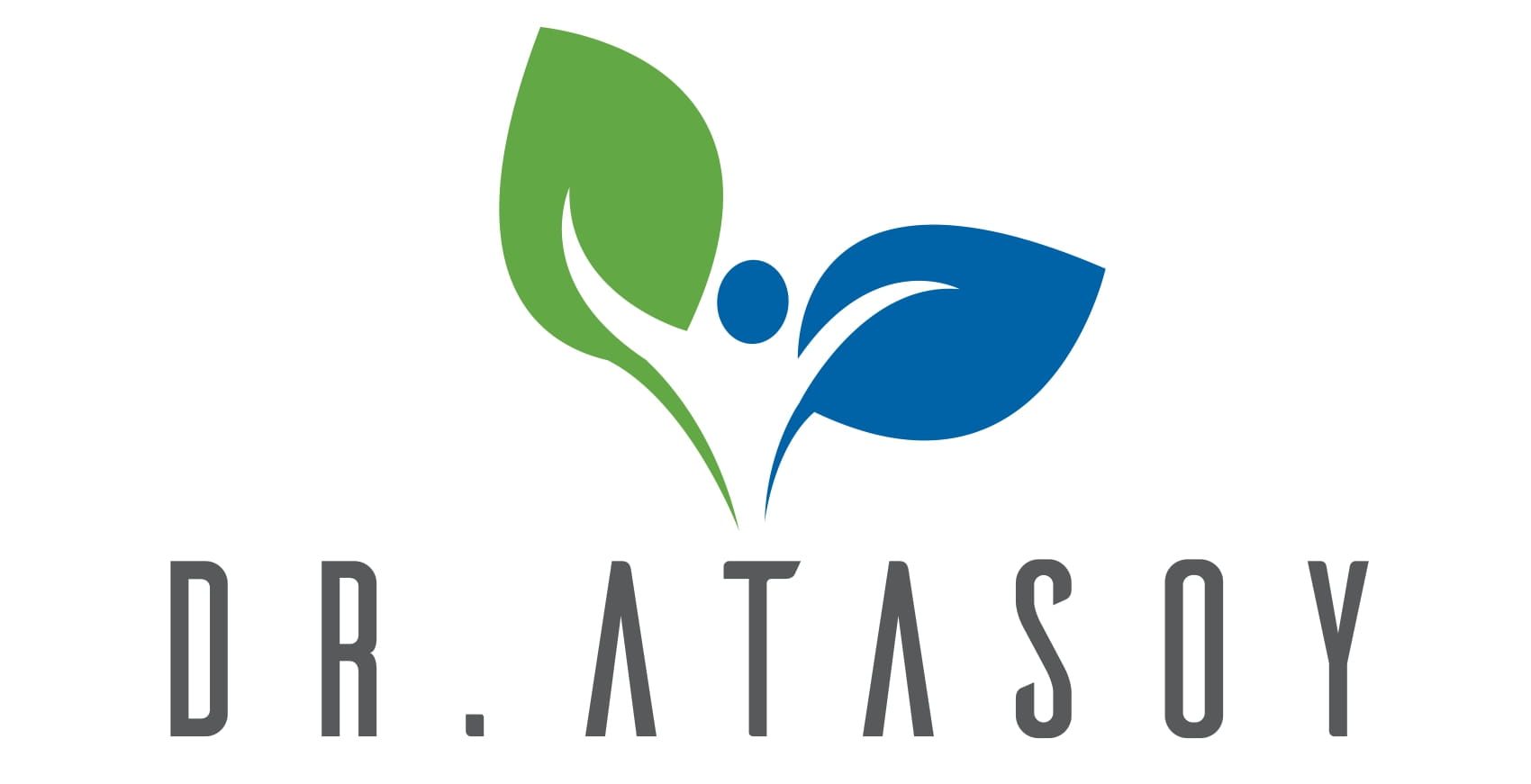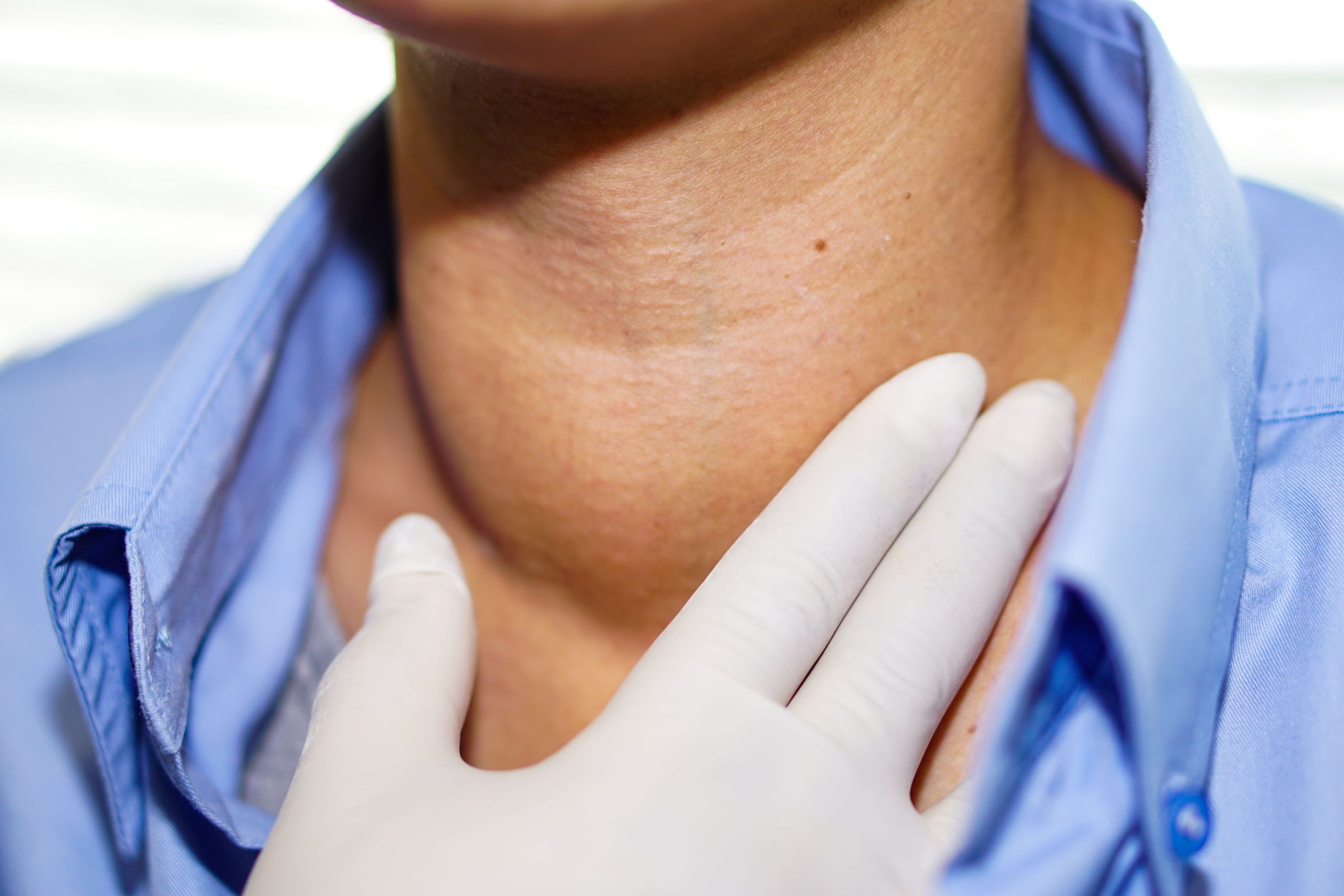Goiter, which means the growth of the thyroid gland in the neck, is a frequently encountered health problem that adversely affects daily life. There are two types of goiter in the thyroid gland, which are called nodules (diffuse goiter) and nodular (multinodular goiter). This growth can be in the form of a diffuse growth called diffuse goiter in the entire thyroid tissue. It can also be seen as multinodular goiter, that is, the growth of one or more lumps in the thyroid gland. Fortunately, thanks to embolization and percutaneous ablation methods, especially non-surgical goiter treatment can be easily done.
What are Non-Surgical Goiter Treatment Methods?
Nodules in the thyroid gland may cause some complaints in the patient by applying pressure to the area where it is located. These predominant symptoms are; complaints such as difficulty in swallowing, sore throat, cough, bifurcation of the voice, snoring and hoarseness. However, in some cases, it may even lead to aesthetic problems. Therefore, the tubers that cause these problems need to be treated as soon as possible.
In goiter disease, first of all, it is determined whether the nodules carry cancer risk or not by needle aspiration biopsy. Then, nodule-free or nodular goiter is detected and a treatment plan is made. In nodule-free goiter disease, there are two different methods as non-surgical goiter treatment applied by radiology specialists. One of these effective methods that has been used for a long time is percutaneous ablation. Percutaneous ablation, which can be applied effectively, easily and quickly, is performed if the lumps in the thyroid gland are few.
The other method, embolization, is a procedure applied in the treatment of nodules that are quite numerous and larger than normal. However, the plonjan (internal) goiter descends into the chest cavity after a certain period of time of part of the goiter growing in the neck. In such cases, embolization is treated for non-surgical goiter treatment. However, the probability of recurrence after embolization is not low. Treatment should be prioritized with percutaneous ablation methods such as Laser Ablation and RF ablation methods as much as possible.
What are the Advantages of Non-Surgical Goiter Treatment?
Goiter treatments applied with local anesthesia are performed by radiology specialists under ultrasound guidance in the operating room environment. These methods, which do not require surgical procedures, take about half an hour. In addition, it does not cause any stitches or scars. However, the masses begin to shrink in 1 month. In addition, in about 6 months, the tubers shrink by 75% in volume. Thanks to embolization and percutaneous ablation, goiter can be treated very effectively, quickly and easily.
One of the biggest advantages of this non-surgical treatment is that the goiter patient continues his life without having to use any medication after the operation. However, compared to surgical operations, the risk of complications during or after treatment is quite low. At the same time, since it is performed by applying local anesthesia, patients can be discharged immediately after a short rest. Thanks to the painless and effective non-surgical goiter treatment, nodules can be easily controlled and eliminated in the fastest way. However, about 5% of people with nodules in the entire thyroid gland may be at risk of cancer. For this reason, it is important that regular expert controls are carried out in a timely manner and that they are treated in the most appropriate way. Before non-surgical treatments, it is of great importance to perform a biopsy to include all areas of the nodule to be treated by an experienced interventional radiology specialist.

